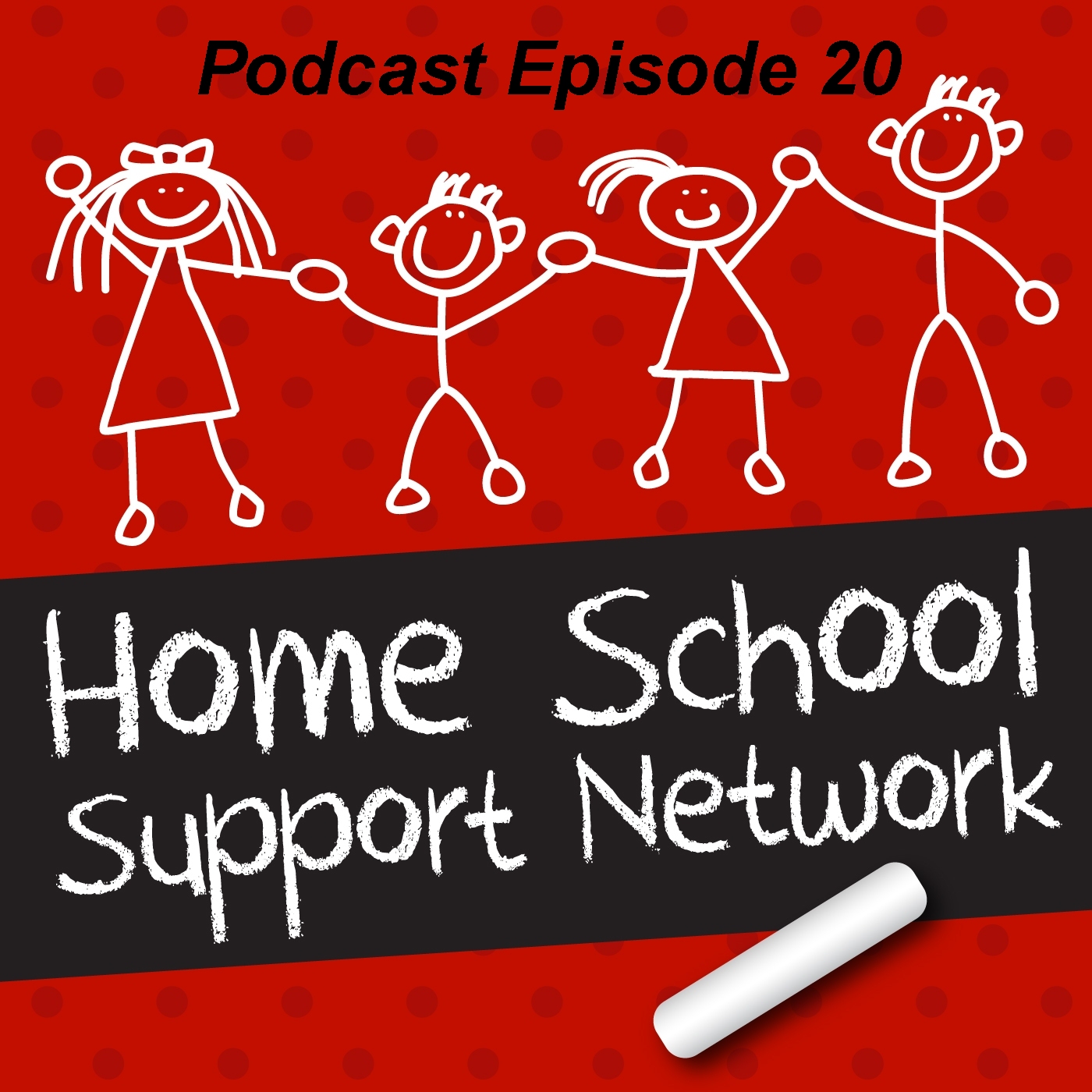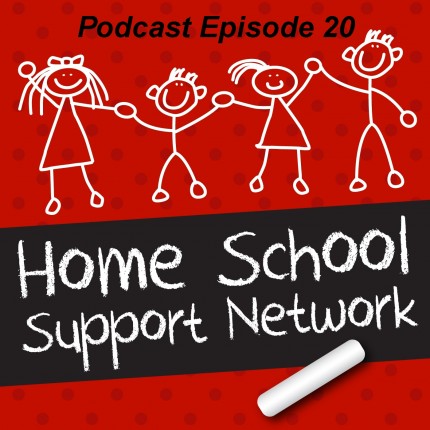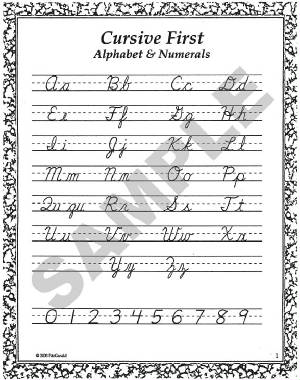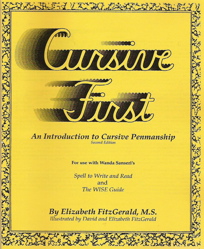What does your typical day look like using STEPS (Sequential Teaching of Explicit Phonics and Spelling)?
I was recently asked this question during a parent conference. Now here’s the context…
I have been teaching the STEPS program (similar to the SWR program) in my homeschool co-op since September 2012. We meet only once a week for 50 minutes. I have had to modify many things to fit this abbreviated schedule so no I have not followed either program as it was “designed.” Yet the results are still there!
It was during a conference that a parent stated (something to the effect of) for this program to really work, it is obvious there needs to be more work done at home than what I assign. I was then asked if I could make a checklist of the work we do in a week. I am posting the checklist here to help others also. Some of the items may need to be crossed off if you haven’t gotten to that point (like spelling words) while other items can be added.
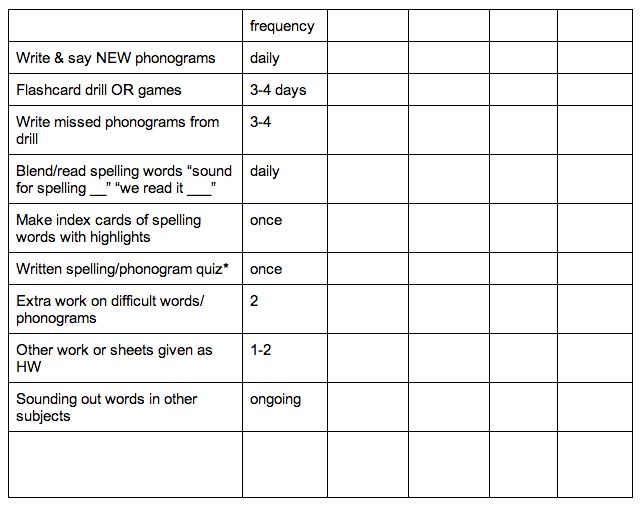
Download a printable copy of the above chart from Google Docs
Memorizing Vs. Analyzing Spelling Words
The main difference between STEPS/SWR and other curriculum is that the child is trained to use the knowledge of the sounds and letters (called phonograms) to spell words. He learns to spell a word based on the phonograms he hears PLUS applying the spelling rules. He has to make decisions on which phonograms to use and then analyze why a word is spelled the way it is (with highlights). Most reading programs use a memorization method often with no rhyme or reason on why a word is spelled or read a certain way (and the child “brain dumps” the information after the spelling quiz!)
One of the best methods to learn spelling words is to practice “sounding them for spelling” and to blend the sounds together to “read it”. We talk about the red highlights and how they make the word sound. We discuss the spelling rules that apply to the words. I have made a short video of my 5 year old son practicing his spelling words because a picture truly is worth a thousand words!
A video of Josiah sounding for spelling and reading:
Notice that the focus is on the sounds the letters make rather than the letter names. When you are trying to read and spell a word, knowing the sounds to automatic is a must because most letters (consonants) do not say their name. For example, the letter B never says “b” in a word! So rather than focusing on spelling “bed” by saying the letter names b-e-d, the child should focus instead on the sounds /b/-/e/-/d/. When a child can spell “bed” rest assured he can read it also!
